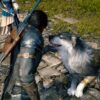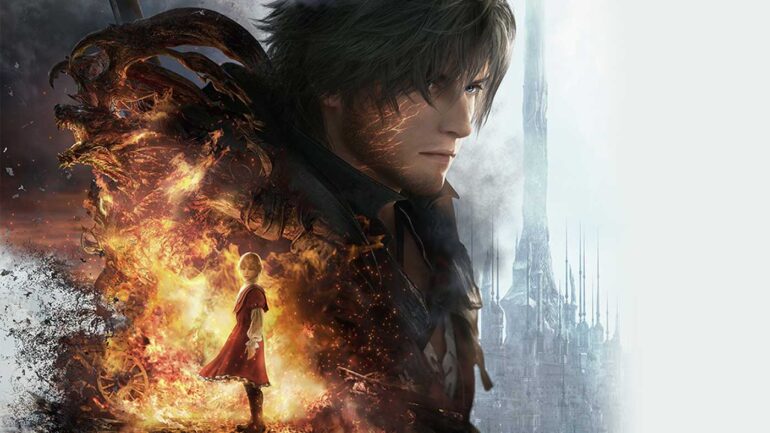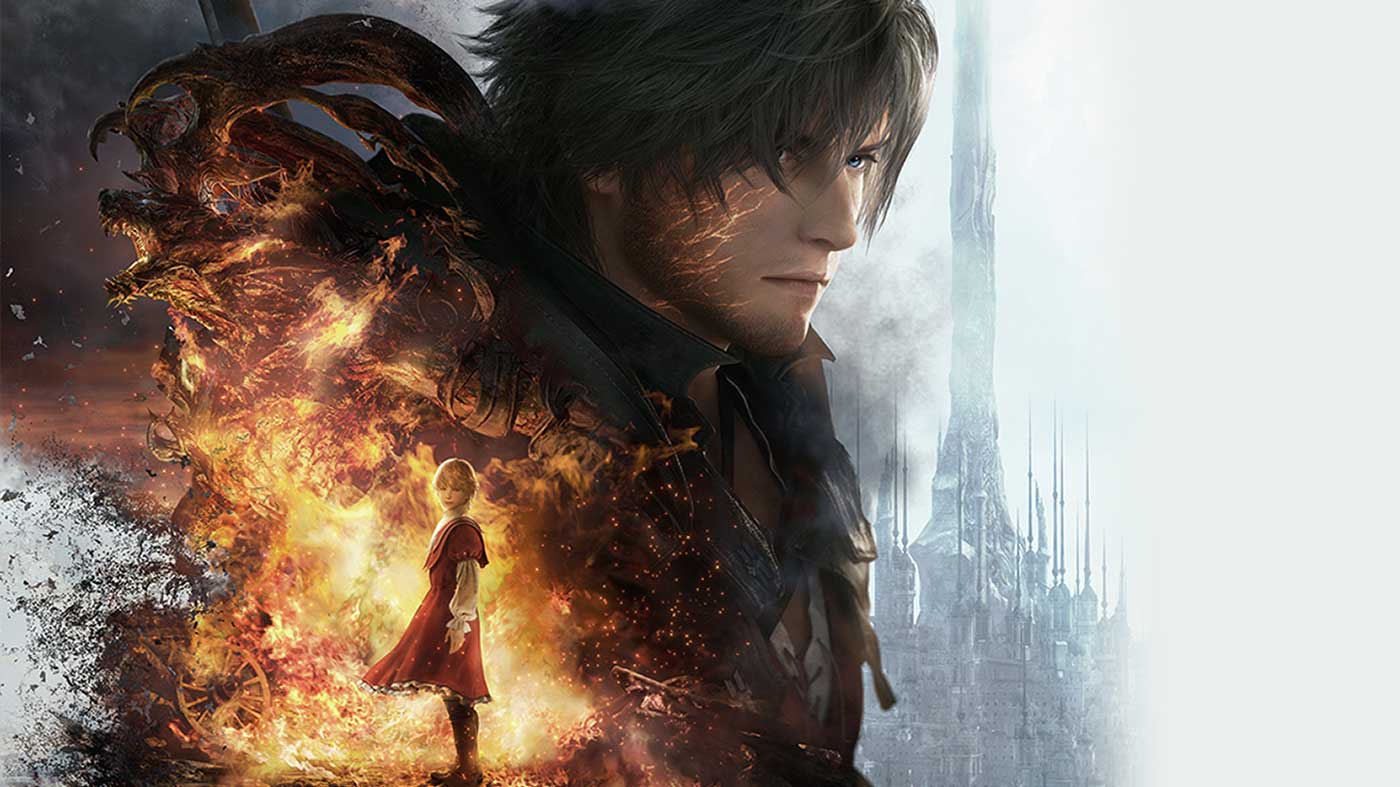Final Fantasy has been in something of a renaissance as of late. Between the near universal appraise of the Final Fantasy VII Remake project, and Final Fantasy XIV delivering smash hits with every expansion release, FF fans have been eating good recently.
Despite this, the lack of a truly excellent mainline title has been sorely felt for some time. The once-ambitious Fabula Nova Crystallis that had shaped much of Final Fantasy for many years is now a distant memory, and Square Enix is looking to break free of its chains with Final Fantasy XVI. A grittier tone and the commitment to a real-time action combat framework are just a few of the ways that Creative Business Unit III is swinging big with the 16th mainline entry into this legendary franchise.
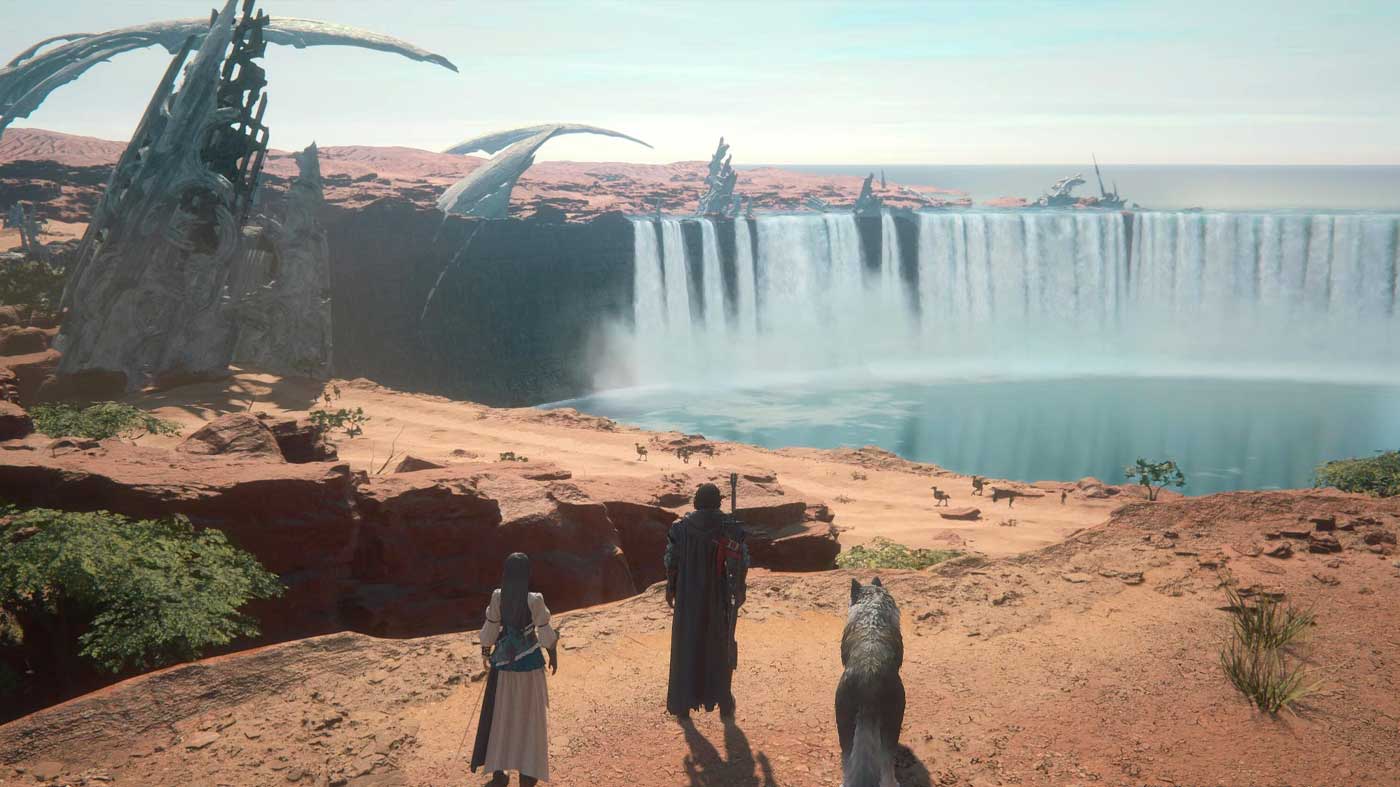
While Final Fantasy can vary wildly in gameplay and narrative settings, summons have been a constant all the way back through to Final Fantasy III. These incredible entities inspired by countless mythologies and religions take centre stage in Final Fantasy XVI’s story. Referred to as Eikons in FFXVI’s setting of Valisthea, these organic machines of destruction are locked in struggle against one another as warring kingdoms fight over dwindling resources. What’s more harrowing is that each Eikon is harboured by a Dominant – regular people that can tap into and unleash the powers of these epic beings.
The Mothercrystals sit at the core of this conflict; monolithic crystalline structures that function as hotspots for Aether and Magick as a result. All while this is going on, a destructive Blight inches its way towards capital cities, leaving desolate deadlands in its wake. It’s among the midst of this conflict and turmoil that Clive Rosfield seeks revenge for a tragic incident from his younger years that changed his life forever.
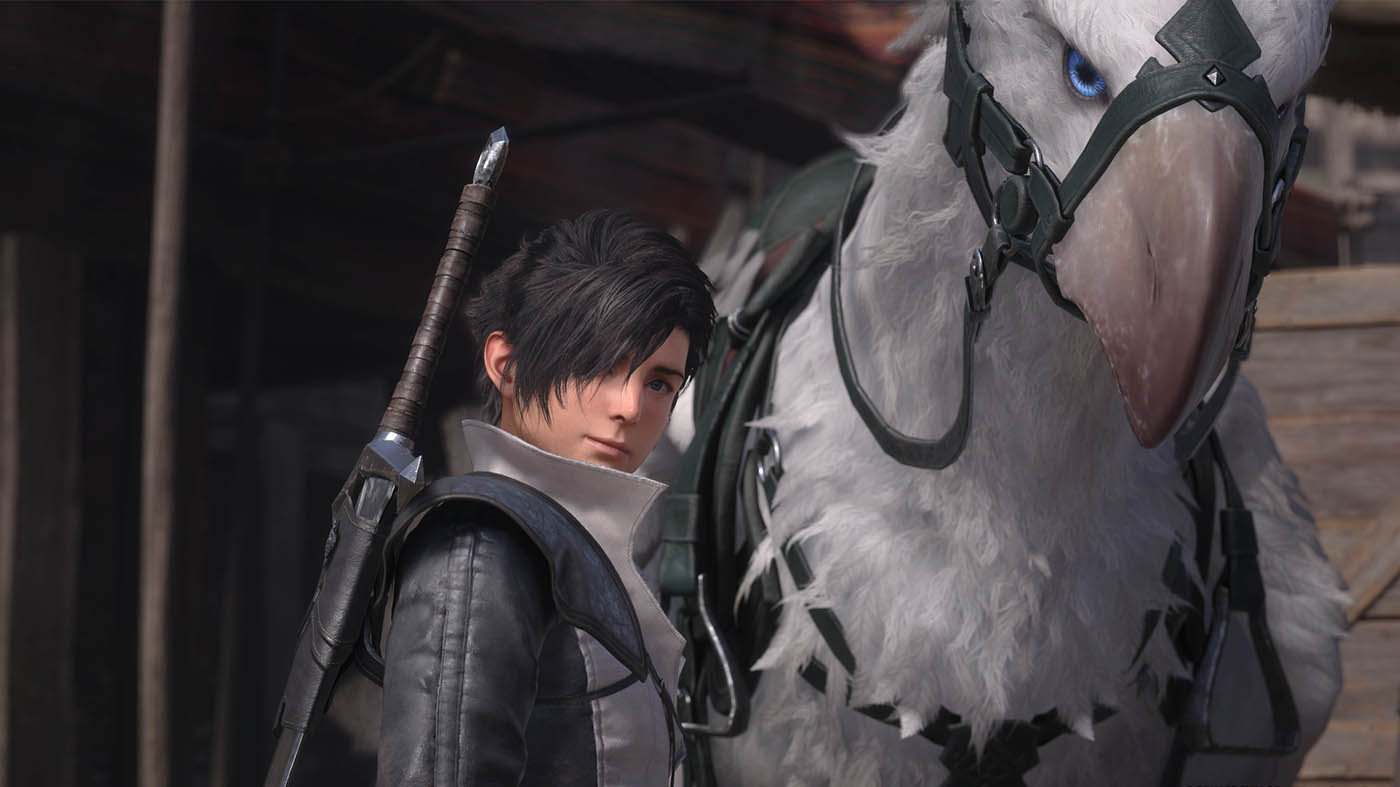
Final Fantasy XVI’s narrative takes place across three periods of Clive’s life, each one integral to his journey and offering something different in terms of overall tone and feel. Where the beginning of the game serves up a fitting introduction to Clive’s loved ones and kingdom in his early teens, the latter portions of his life explore a man broken by loss, fueled only by a need for revenge. It’s Clive’s cold determination that causes him to push others away, often shouldering his lofty burden alone despite the fact he has people to lean on.
Final Fantasy XVI goes far deeper than revenge, but it would be a shame to spoil it here. The overall story shifts dramatically after the first act for the better, moving to more fertile ground that allows for a deeper and more poignant exploration of its themes and ideas. In totality, FFXVI’s narrative is an all-timer of a JRPG tale about breaking free from the shackles of fate – no matter how impossible it seems. There’s also an excellent element of meta-narrative to it that longtime fans will no doubt recognize and get a kick out of as the story rolls on.
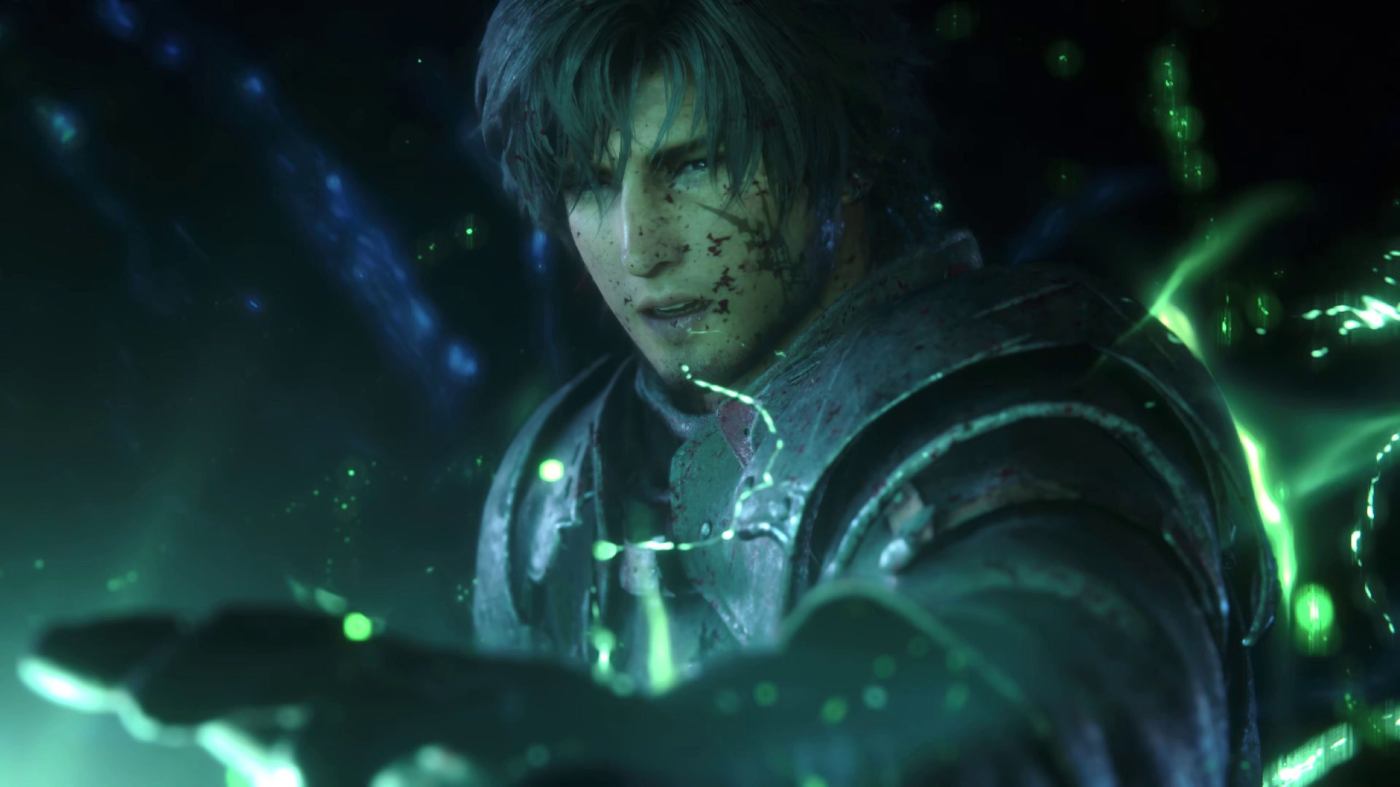
While it doesn’t break much new ground, the story is remarkably well told across a briskly-paced 35-hour (by JRPG standards) runtime for the core path, with endearingly complex characters and narrative beats that feel akin to Final Fantasy XIV’s lofty achievements. Clive is an immensely compelling protagonist that you can’t help but root for, and Ben Starr does a brilliant job of portraying a wide range of emotions for all manner of situations. The same can’t be said for all characters across this vast story, though, as one character in particular falls to the wayside towards the end of the game to prop Clive up further, which felt off in comparison to how they’re handled up to that point.
AMAZON / MIGHTYAPE HAVE THE CHEAPEST SHIPPED COPIES AT $84.99
A large reason the story succeeds in the way it does is thanks to how well-realised Valisthea is. The worldbuilding is deliciously palpable everywhere you go. Refugees flock to the Mothercrystals for shelter, corruption is rife among all kingdoms, and the discriminatory treatment of Magick-wielding Bearers is explored in confronting detail. It paves the way to a rich, dark fantasy world that feels oppressive and bleak, further punctuating fleeting flashes of hope and optimism found in Final Fantasy XVI’s most resonant moments. If you ever get lost in the grandeur, the inclusion of a Lorekeeper and the Active Time Lore feature means you can always freshen up on the happenings of the world and the connections between the people that inhabit it.
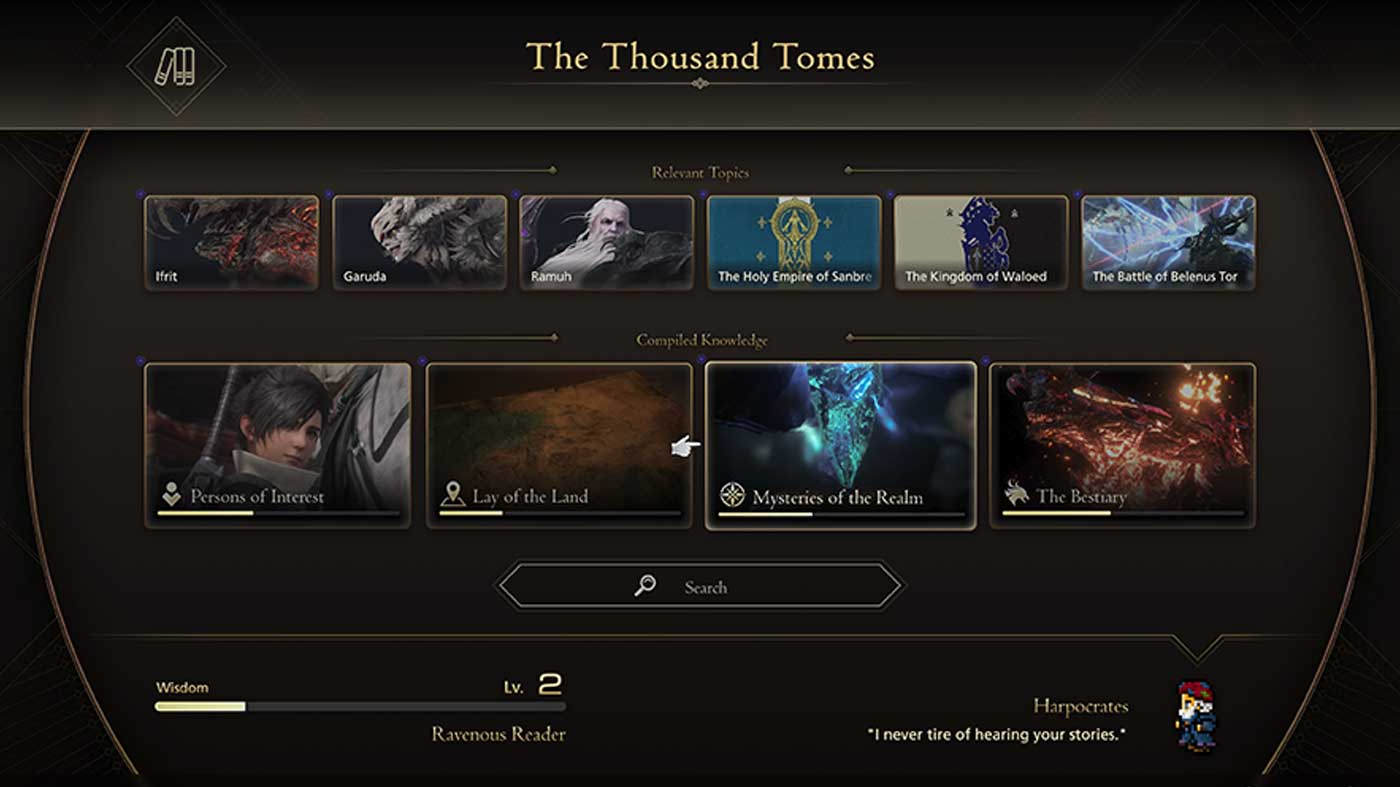
Instead of opting for a true open world ala Final Fantasy XV’s Eos, Valisthea is comprised of combat stages and open zones. Combat stages are narrative-focused levels made up of enemy encounters and boss fights, often popping up at key junctions in the narrative. The four open zones are more non-linear affairs, with hunts, side quests and collectibles to find off the beaten path. Each zone is big enough to incentivise exploration and curiosity, but small enough to not inundate or overwhelm.
The simple structure of moving through open zones as you progress towards combat stages keeps Final Fantasy XVI feeling fresh and varied throughout its relatively lengthy campaign. It’s easy to see why Final Fantasy XVI’s narrative has been referred to as a rollercoaster ride, with peaks and troughs to allow for set pieces of spectacle that contrast deeply with its more introspective moments. Combat stages never overstay their welcome, bowing out before their linearity can wear thin, and while the open zone portions can be shot through quite quickly, you’d be missing out by passing up on the available side content.
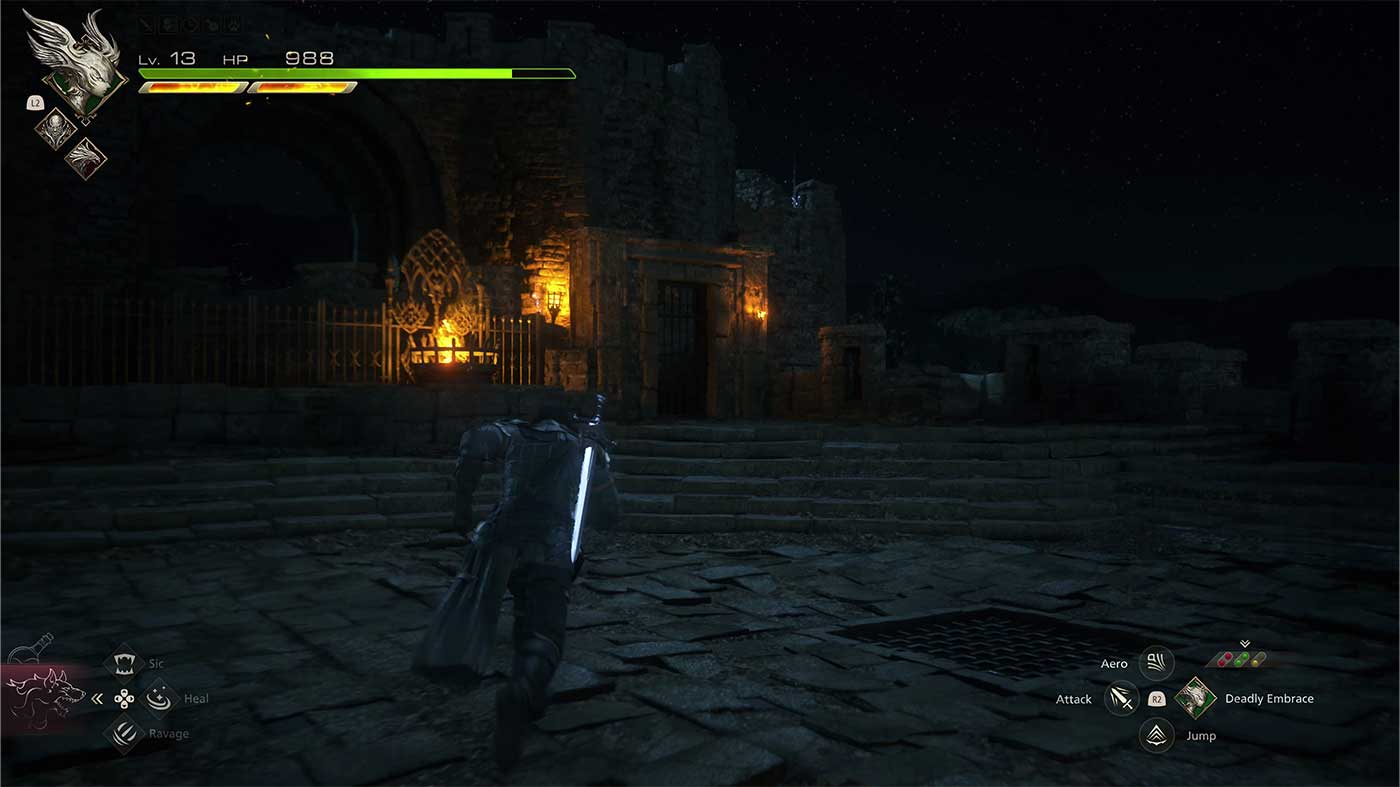
This is because the excellent writing found in the main story is present in a vast majority of the side quests. They often explore themes and ideas prominent throughout Valisthea in greater detail, and through numerous lenses. They also expand on characters key to Clive’s journey, and can lend a lot of emotional weight to some of the main narrative beats as a result. The tail end of the game has some particularly poignant side stories, as they payoff narrative threads and character arcs in satisfying fashion before the credits roll.
When you aren’t in the field, you’ll spend most of your time in the Hideaway, which serves as a base of operations for Clive and company. You can craft new weapons, purchase goods at the shop, listen to unlocked music tracks, replay combat stages and much more. The Hideaway doubles as a home away from home for Clive, and it becomes a community you’ll retreat to between exploration and big narrative beats. It’s always a joy to explore this space and talk with its denizens to see how they react to happenings in the world and Clive’s adventures.
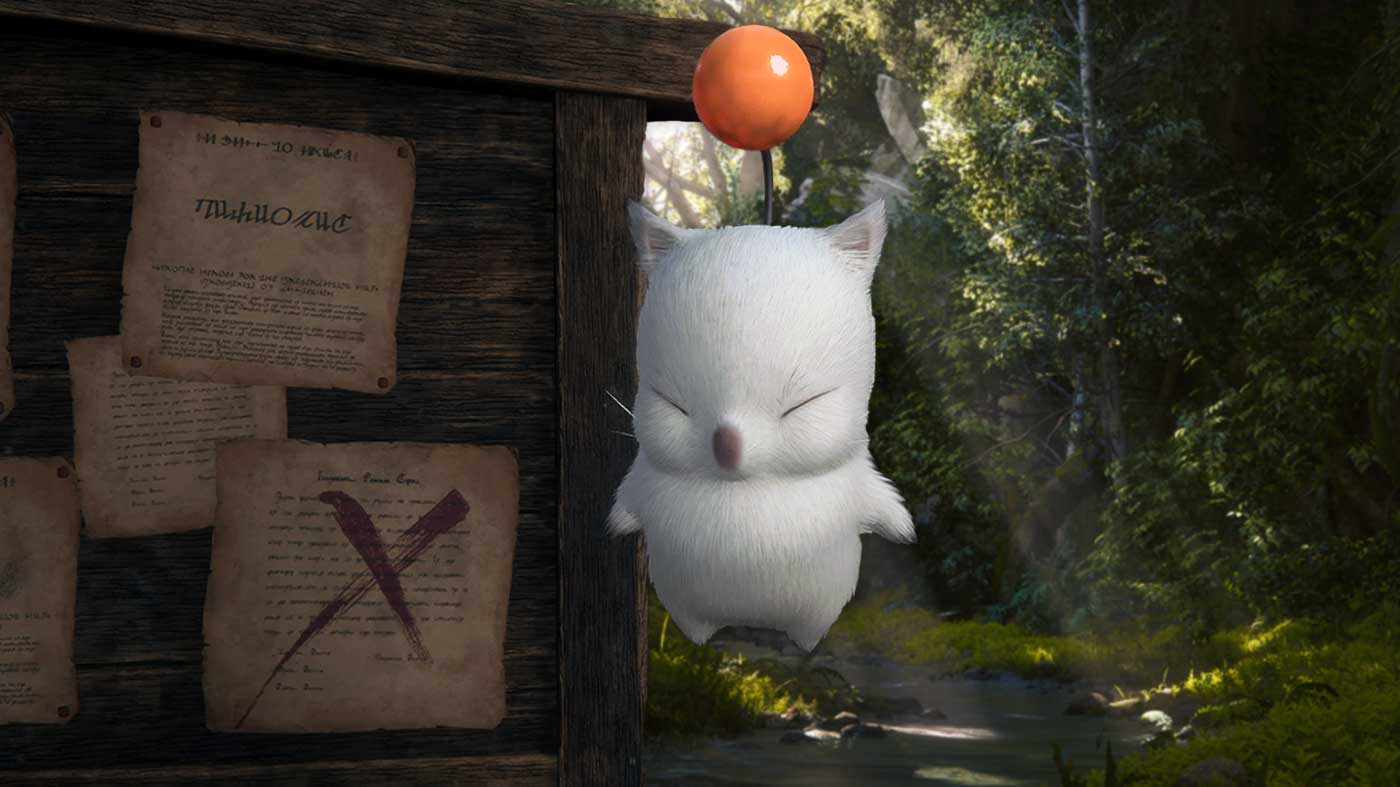
Ever since Final Fantasy XIII, it’s felt like Final Fantasy’s combat systems have tried to emulate the cinematic spectacle of Final Fantasy VII: Advent Children to varying degrees of success. Final Fantasy XVI feels like the first in the series to fully embrace an action framework for its combat system, completely abandoning anything that’s come before. Combat director Ryota Suzuki’s experience on Devil May Cry 5 and Dragon’s Dogma is infused into the DNA of FFXVI’s kinetic clashes.
At a base level, Clive has access to a quick four-hit combo, magic projectiles, and a dodge. You can mix and match slashes with magic attacks for Magic Burst combos, and last minute dodges lead into deft counterattacks. You also have Torgal; the best boy, and Clive’s pet wolf. Using the d-pad allows you to sic Torgal on enemies for quick damage and launchers, or even aid Clive with a regenerative heal to get you out of a pinch. It doesn’t have the depth and complexity akin to Devil May Cry, but there’s enough options here to afford a healthy amount of player expression and intricacies to learn.
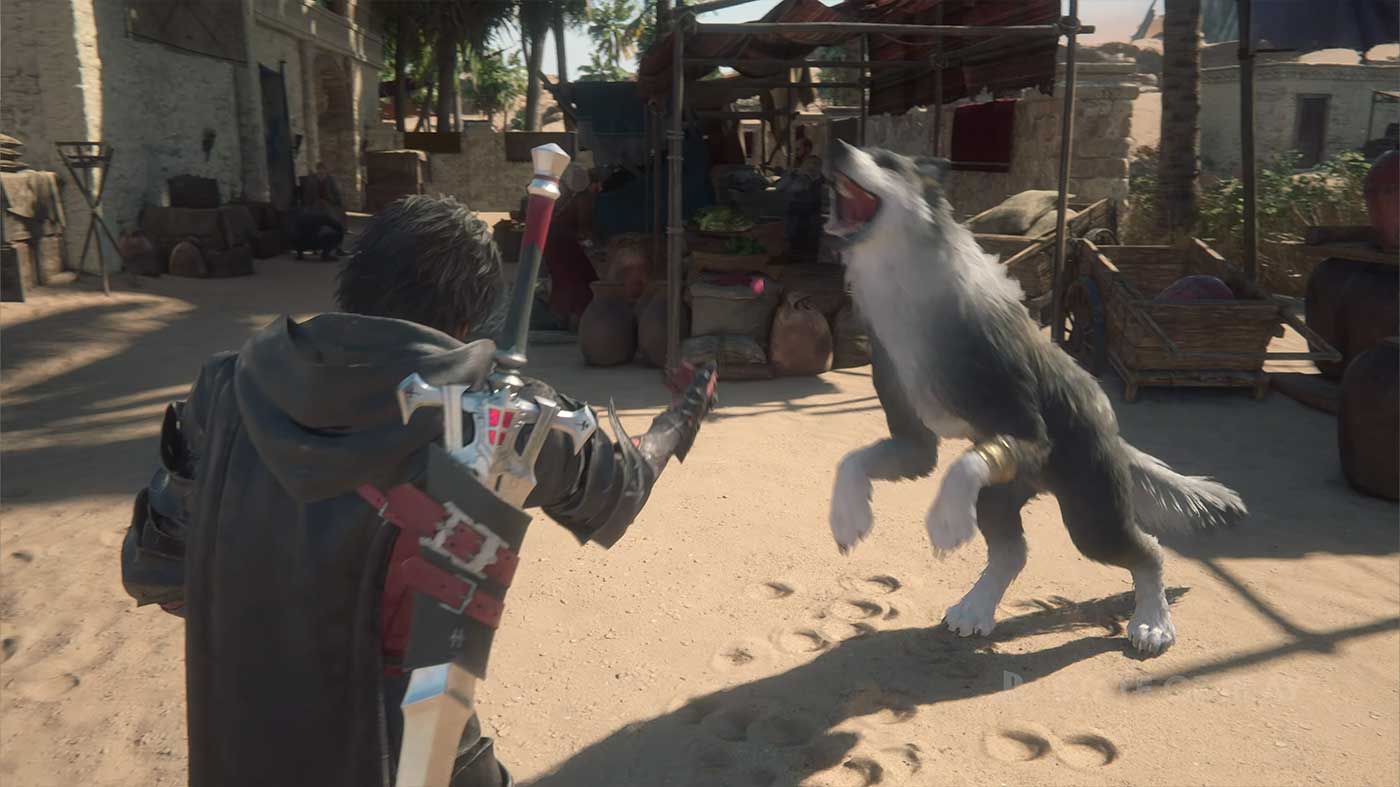
Where things start to open up, is with the Eikons. As the dominant of Ifrit, Clive has access to Eikonic Feats and Abilities that drastically shake up combat. While you start with the blessing of the Phoenix, you’ll quickly unlock other Eikons to attune with, three being the max you can have equipped at any given time. Each Eikon has their own unique Eikonic Feat and slew of Eikonic Abilities to employ in combat, each with different strengths and weaknesses.
Where Phoenix is an all-rounder with an aggressive teleport in the form of Phoenix Shift, decent area of effect coverage with Scarlet Cyclone, and high single target damage in Rising Flames, Titan focuses on using well-timed blocks to launch your own all-out offensive. Each Eikon is remarkably unique in what they can do, becoming more and more intricate with each unlock.
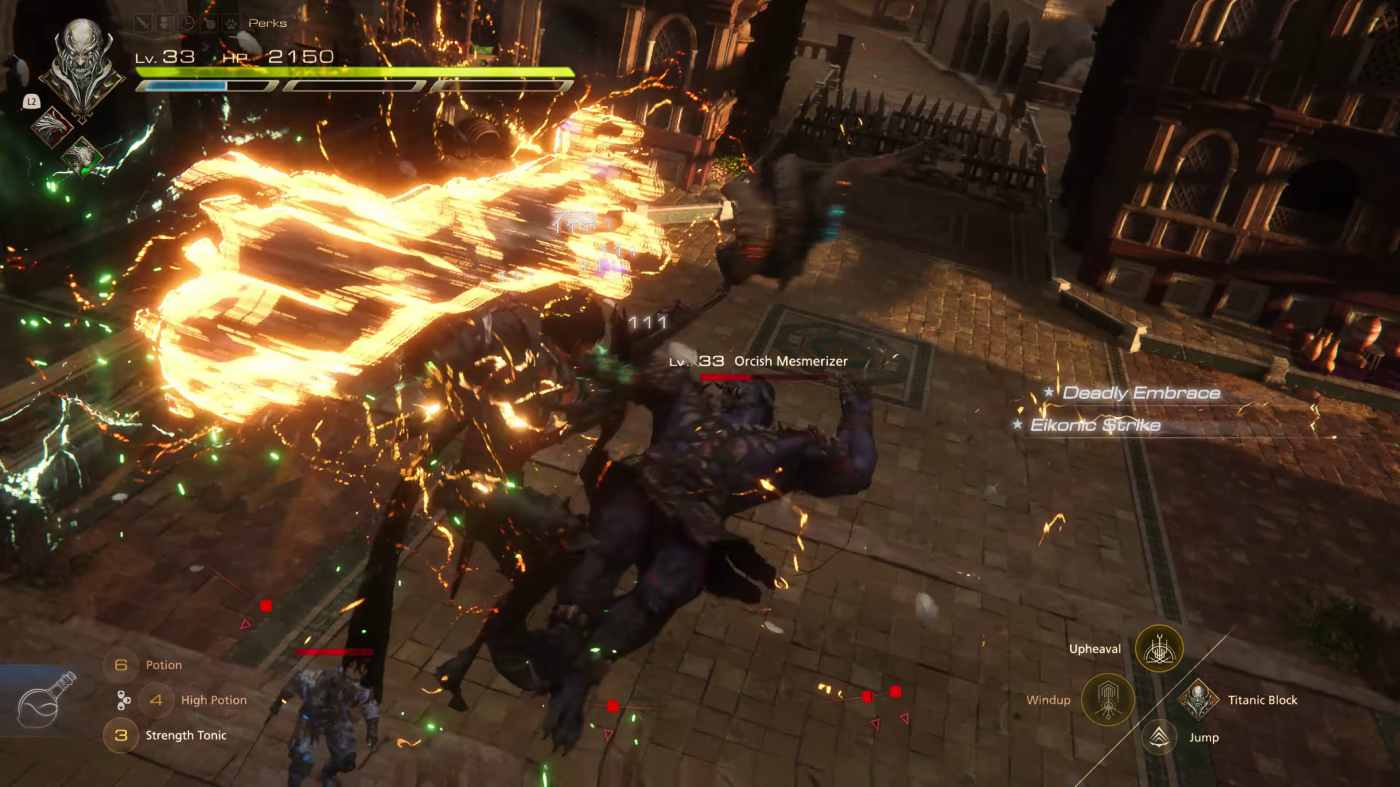
Most enemies will fall victim to your attacks and Eikonic Abilities relatively quickly, but it’s the mini-bosses and boss fights where you really need to put in the work. These enemies also have Will gauges, which deplete as they take damage. Upon hitting 50% Will, an enemy will stagger briefly, and emptying it out in full will lead to a lengthy knockdown, boosting your own damage and making way for an opportunity to go all out. This is all without getting into Clive’s ability to Limit Break as a pseudo-Awakening mode, boosting damage and priming into an infernal state.
If it sounds similar to Final Fantasy VII Remake’s combat flow, that’s because it is, only much faster. Combat really starts to shine when you get a feel for the rhythm of these fights, pulling off precision dodge after precision dodge, unleashing Eikonic Abilities at just the right moments, only to unload even more carnage just as your enemies go down. It’s exhilarating stuff, especially in the late game against some of the tougher side hunts and boss battles which employ raid-like area of effect attacks and damage checks to get your blood pumping.
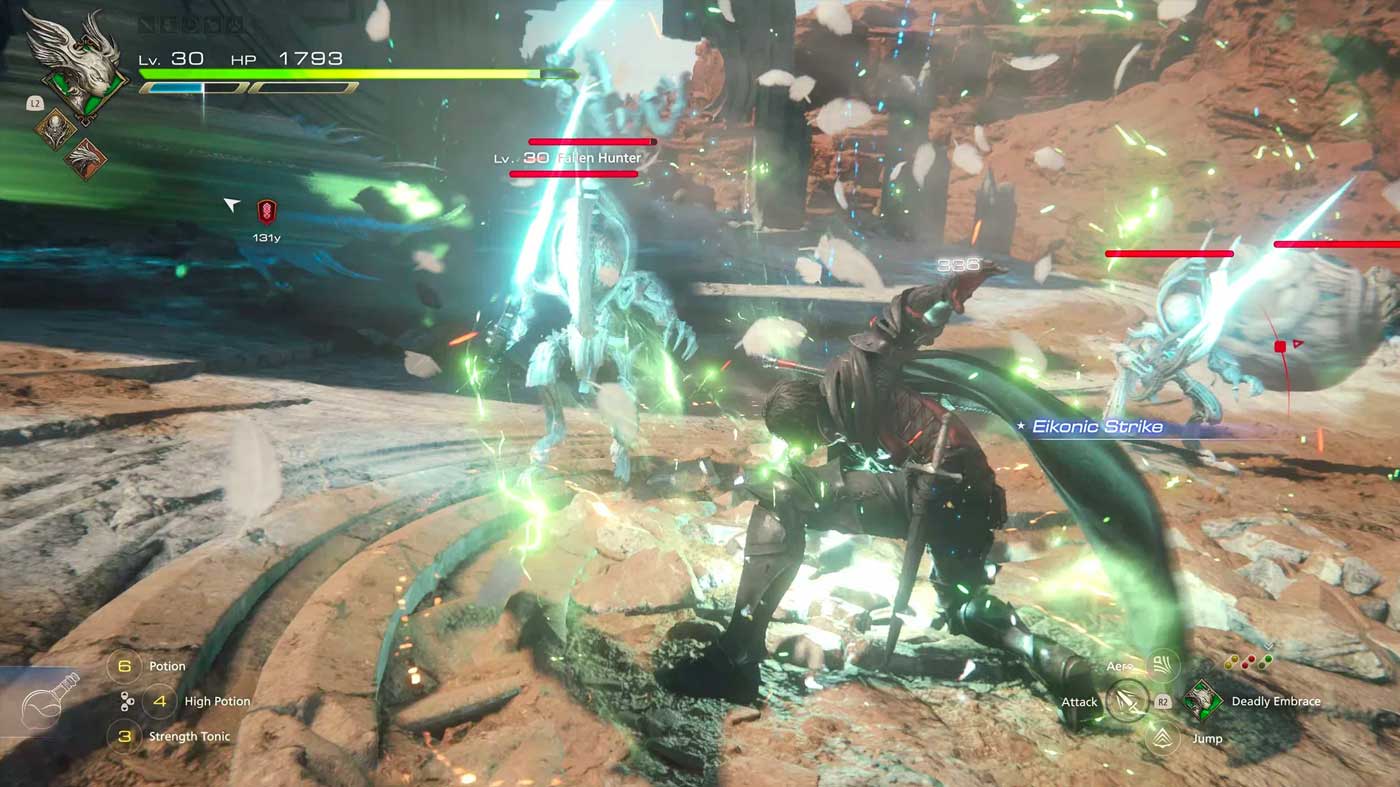
All of these elements build up to what are undoubtedly Final Fantasy XVI’s biggest moments – the Eikon battles. These are unbelievably huge confrontations between Eikons in all of their glory and power, offering a few distinct gameplay formats from the regular hacking and slashing. From an on-rails shoot em’ up to a wrestling match of titanic proportions, these fights are raw spectacle in every sense of the word. Limbs are torn off and holes are blasted through bodies, only for these wounds to heal as Eikons keep trading blows. Each one has you questioning how the next could possibly top it in scale, but FFXVI somehow rises to the occasion every single time.
These clashes also do a bit to help pacing as they act as a pseudo narrative reset, almost as if each one is the climactic conclusion to an arc in a much grander story. They’re few and far between but that makes them all the more special. My only gripe with the Eikon fights is that it feels like there’s one missing in the last third of the game, leaving a long-awaited confrontation feeling somewhat anticlimactic in comparison to other boss fights.
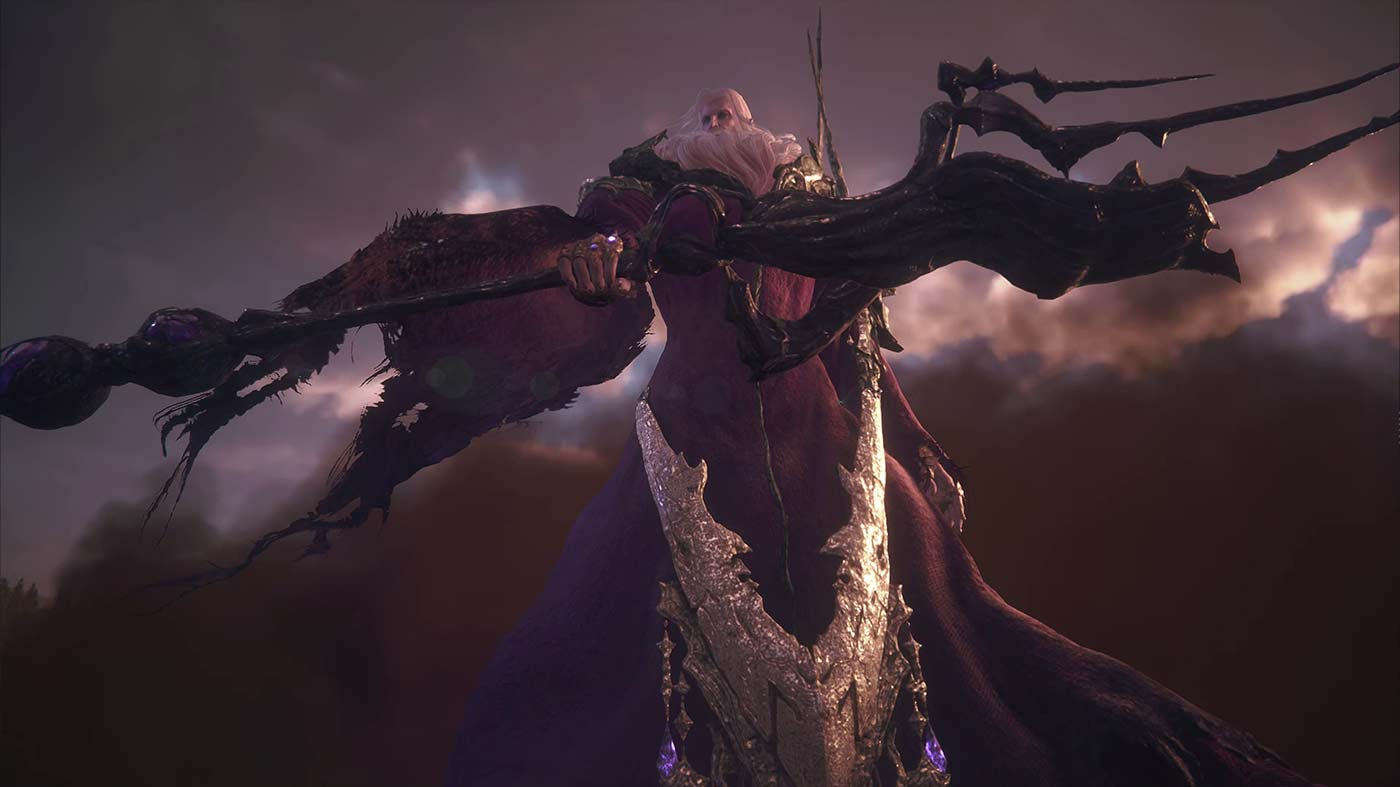
If you just can’t get enough of the combat after credits have rolled, Final Fantasy XVI has you covered. Aside from the aforementioned ability to replay combat stages, you can also tackle them in a scored Arcade Mode. In addition, the Chronolith trials are another worthwhile combat activity that tests your skills with a particular Eikon, locking your loadout in a 3-round gauntlet as you race against the timer to the finish line. There’s also a robust New Game Plus offering with an added difficulty that raises the level cap, remixes enemy placements, and adds new gear, allowing you to flex your Eikonic prowess while still being challenged.
The commitment to action combat also means that progression has shifted from traditional stat chasing and min-maxing to obtaining new combat techniques and upgrading your Eikon Abilities. Completing enemy encounters and quests nets you ability points, which can be spent to upgrade and master Eikonic Feats and Abilities at your leisure. Mastering an Eikon Ability allows it to be slotted onto any Eikon, meaning you can combine Eikonic Feats with abilities you usually wouldn’t be able to. Experimenting with this is good fun, as it can lead to combinations that allow for ludicrous amounts of damage that feel incredibly satisfying to pull off.
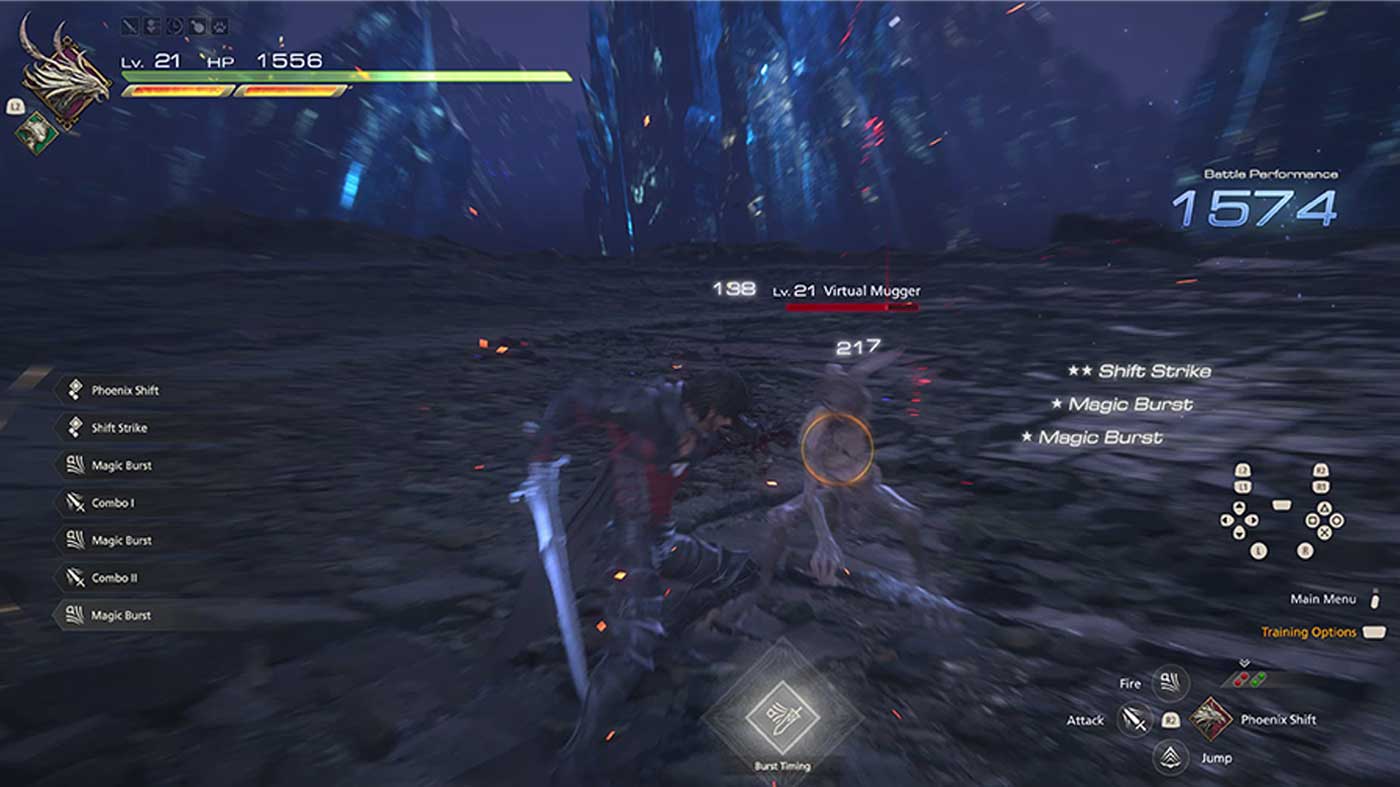
While Clive can be equipped with new armour and weapons as you craft and purchase them, they don’t do much other than increase stats. The biggest form of gear customization comes in the form of Accessories. You can have three equipped at any time, each one granting different effects, from reduced cooldowns, to increased ability damage, and even accessibility options like automatic dodging, healing, and Torgal commands for those who’re overwhelmed by FFXVI’s faster pace.
If you’ve laid eyes on Final Fantasy XVI in motion, you’ll know that it’s a visual marvel . Regardless of the mode you play on, FFXVI is chock-full of gorgeous environments that drip with attention to detail, bringing the dark fantasy setting of Valisthea to life. The Mothercrystals tower over their respective kingdoms, standing as beacons of hope for the masses, while remnants of a more advanced race known as the Fallen pepper landscapes surrounding them. A special shoutout should go to the combat stages, where the more linear progression allows for tailored cinematic shots and eye-popping spectacle that never fails to disappoint.
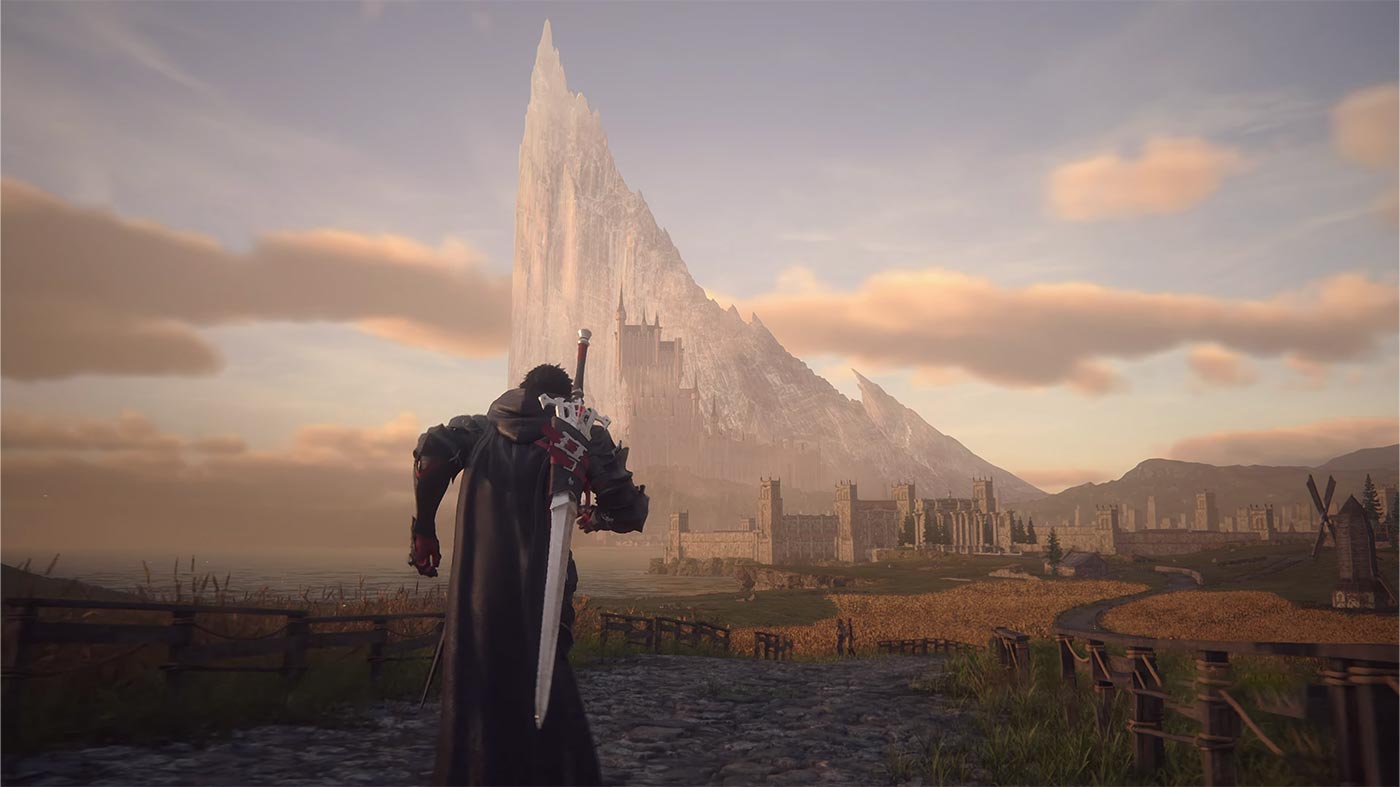
Final Fantasy XVI has two main graphics options; Quality and Performance. They do what’s written on the box, but there’s a few caveats with each that are worth mentioning. Quality is putting out a native 1440p upscaled to 4K and targets 30 frames-per-second. Performance, which is where I spent a bulk of my time, runs at a native 1080p upscaled to 1440p and targeting 60 frames-per-second.
While performance mode manages to maintain a steady 60 across a vast majority of combat encounters, exploration drops down to an abrupt 30-40 frames-per-second for a temporary visual trade-off. While it’s nice to have improved quality when the game isn’t firing on all cylinders, it’s jarring to constantly move between two extremes when you’re frequently dipping in and out of combat. The ability to turn off motion-blur is also sorely lacking at launch, but is promised to be coming at a later date. Load times are lightning quick across the board, with instantaneous fast-travel alleviating any tedium associated with quests that have you darting around the map.
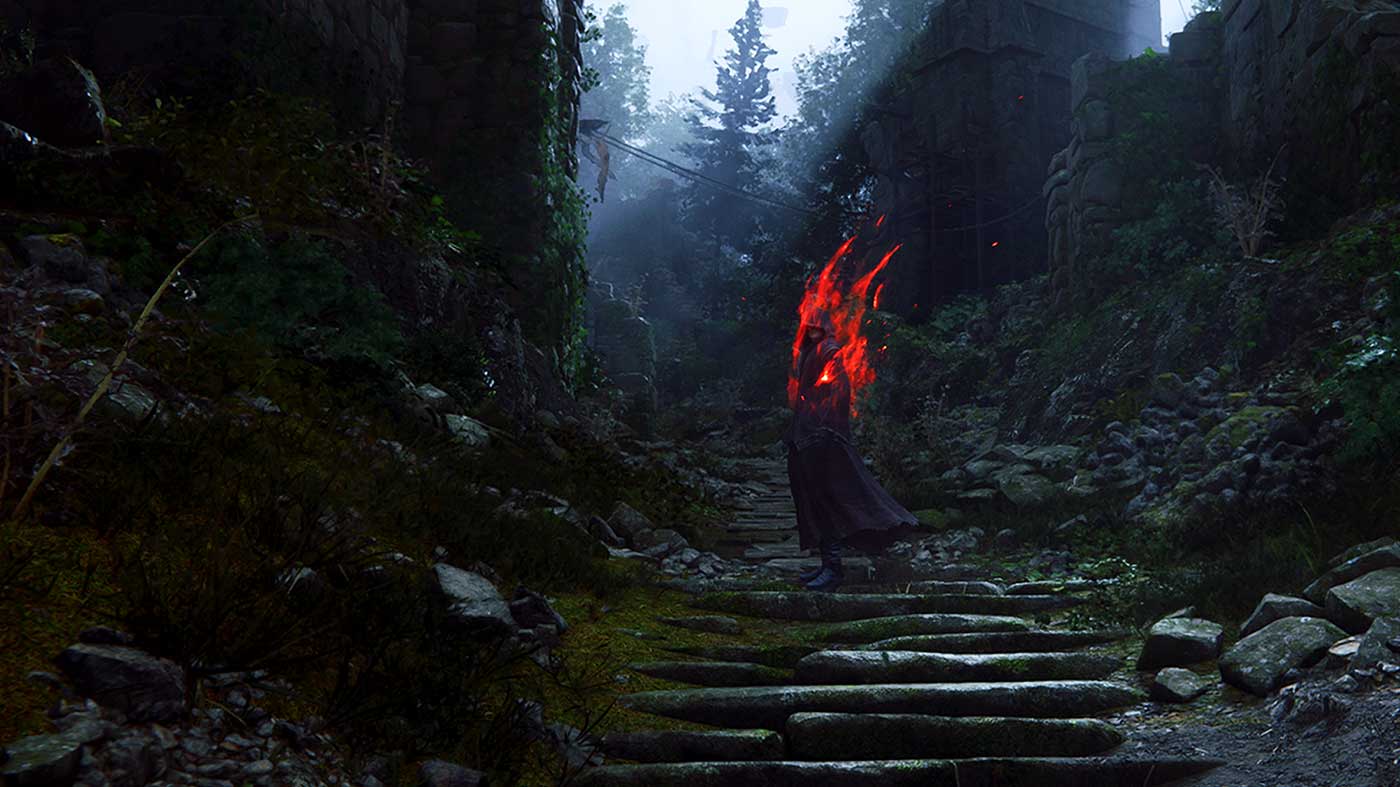
If there’s one thing you can always count on with Final Fantasy, it’s that you’re going to get an incredible soundtrack to elevate the experience. Final Fantasy XVI is no outlier in this regard. Masayoshi Soken’s work on Final Fantasy XIV is tangible in XVI’s more subdued tracks, particularly when exploring the overworld or hanging out in the Hideaway. The combat themes pick up in pace dramatically, and the orchestral grandeur of the Eikon battle themes are some of the best work Soken has ever done. Liberal use of vocals play a massive part in these tracks, affording a sense of gravity and weight to these fights that bolster key character moments and the clashing of wills.
It almost feels poetic that mainline Final Fantasy is back on-track amidst the myriad successes of other FF projects in recent years. There’s an undeniable confidence in the story told here, the world it’s built within, and in the dramatic shift to action-focused combat. A game this big can never be without issues, but Final Fantasy XVI delivers exactly what long time fans have been wanting from this legendary franchise for the last few years.

